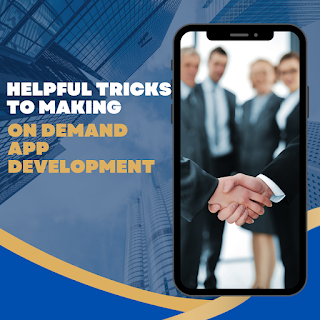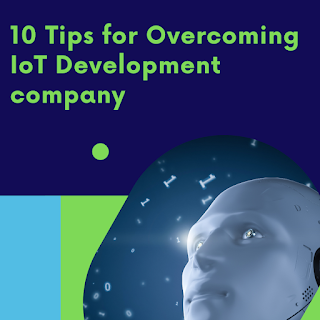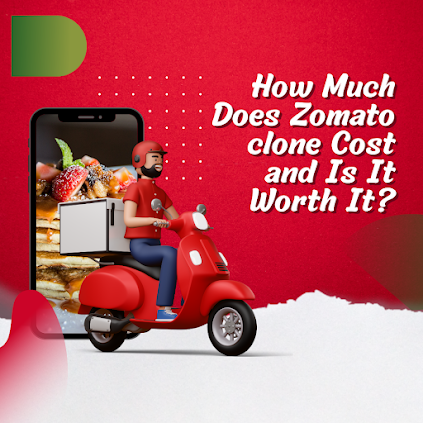Introduction:
Tailored E-commerce Marketplace Platform Development:
SEO-Optimized Architecture and Design:
Effective search engine optimization (SEO) is vital for driving organic traffic to your e-commerce marketplace platform. With professional development services, you can optimize your platform's architecture and design to enhance its visibility in search engine rankings. Expert developers will implement SEO best practices, such as clean URL structures, meta tags, and schema markup, ensuring your platform is easily discoverable by search engines and potential customers.
Mobile-Responsive and User-Friendly Experience:
In today's mobile-centric world, having a mobile-responsive marketplace platform is essential. Professional e-commerce development services focus on creating user-friendly experiences across all devices, ensuring seamless navigation, quick load times, and intuitive interfaces. By providing a mobile-friendly experience, you can engage a wider audience and increase conversions.
Secure Payment Gateway Integration:
Trust and security are paramount when it comes to online transactions. With professional development services, you can integrate secure payment gateways into your e-commerce marketplace platform. Expert developers will implement encryption protocols and robust security measures to safeguard sensitive customer information, instilling confidence and trust in your users.
Efficient Inventory Management:
Managing inventory effectively is crucial for a successful marketplace platform. Professional e-commerce development services can help you streamline inventory management, allowing you to track product availability, automate stock updates, and manage multiple vendors seamlessly. This ensures accurate product listings, minimizes errors and improves overall efficiency.
Scalability and Flexibility:
As your e-commerce marketplace grows, scalability and flexibility become essential. Professional development services can build a scalable platform that accommodates increased traffic, product listings, and transactions. Expert developers will design and implement a robust infrastructure that allows for seamless expansion and integration with third-party tools and services.
Ongoing Support and Maintenance:
Launching an e-commerce marketplace platform is just the beginning. Professional development services provide ongoing support and maintenance to ensure your platform operates smoothly. From regular updates and bug fixes to security patches and performance optimization, expert developers will take care of the technical aspects, allowing you to focus on growing your business.
Conclusion:
Investing in professional e-commerce marketplace platform development services is a strategic move that can propel your online business to new heights. With tailored solutions, SEO optimization, mobile responsiveness, secure payment integration, efficient inventory management, scalability, and ongoing support, you can establish a powerful and successful e-commerce marketplace platform. Stay ahead of the competition and maximize your online potential by partnering with experienced developers who specialize in e-commerce development services.









